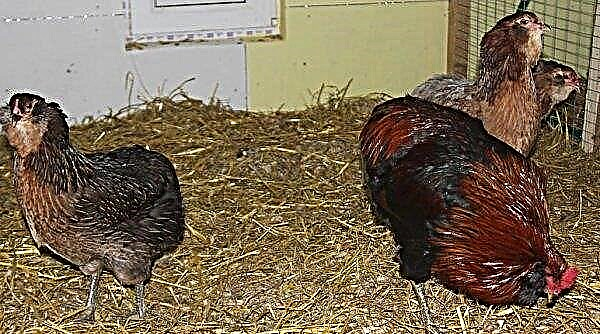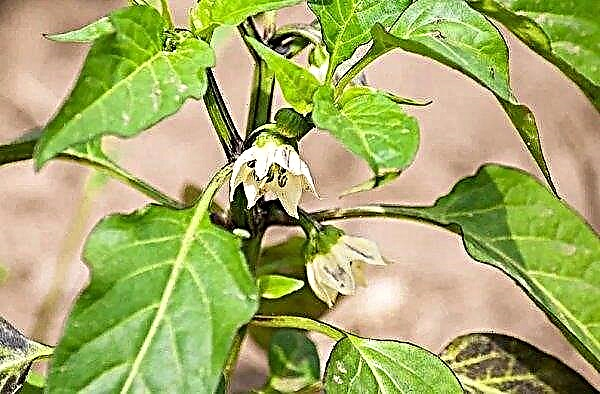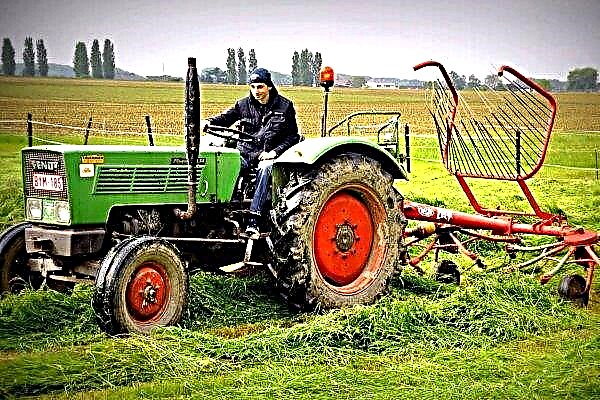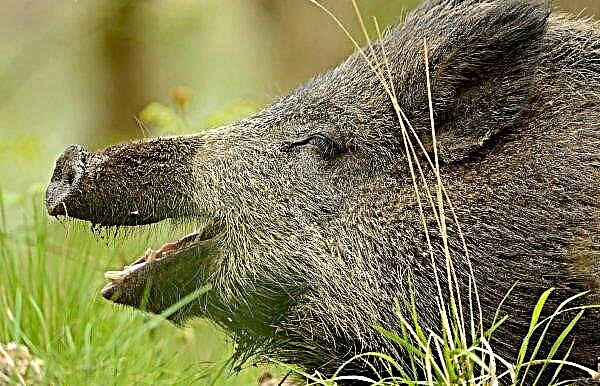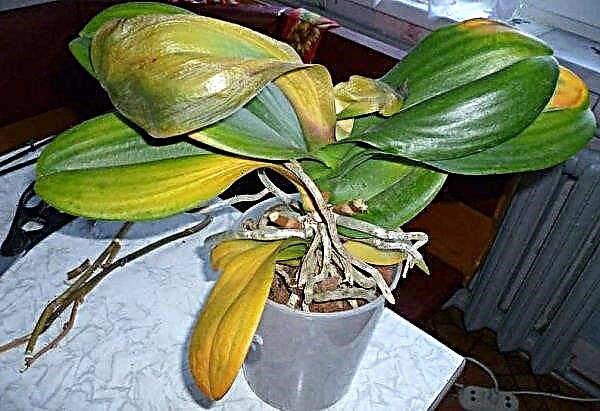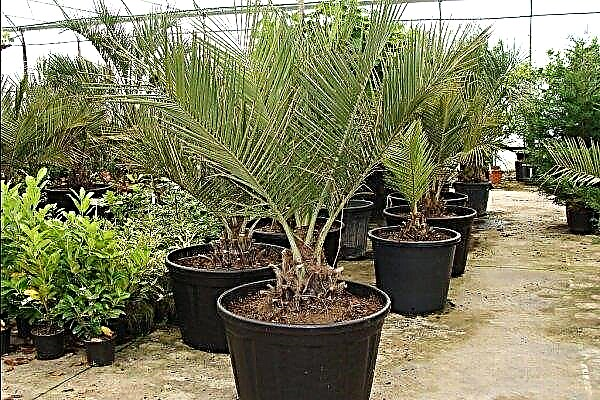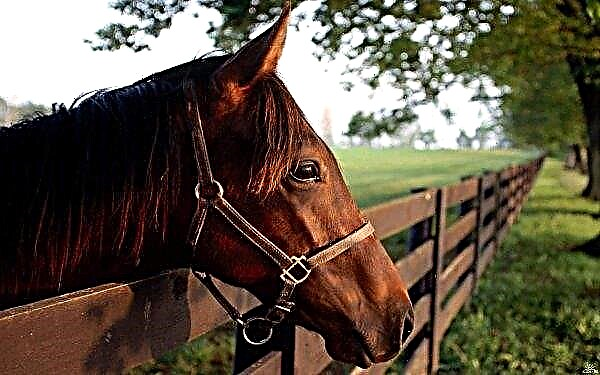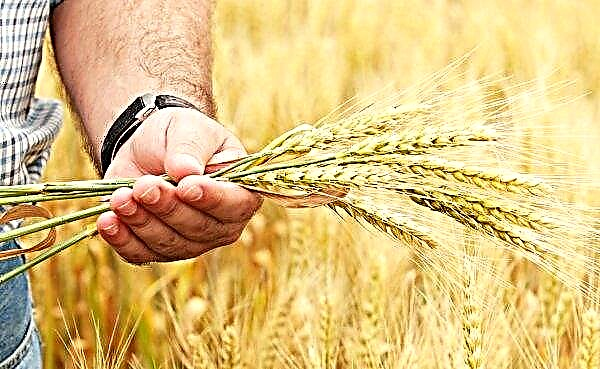Novice pig farmers in the course of their activities are faced with the question of castration. Today we will get acquainted with the subtleties of the procedure, the causes and possible consequences for animals.
Why castrate pigs?
Castration is the removal of reproductive organs, seminal glands in an animal. The male retains all the instincts inherent in the species, but loses the ability to reproduce offspring. We will figure out what the procedure is for, what its benefits are:
- a castrated male is calm, not prone to aggression;
- the risk of sexual diseases (orchitis, epididymitis) is reduced;
- eliminates the risk of accidental coverage by a poor manufacturer;
- adaptation to the conditions of detention improves;
- despite a decrease in the amount of feed, the weight gain of the animal is growing;
- the taste of meat improves, it loses an unpleasant odor, acquires softness.
Important! Castration of an adult animal is possible, but after it the instinct of the male is preserved, which makes group content difficult. Therefore, it is recommended that surgery be performed up to 6 months of age.
At what age can the procedure be done?
They try to carry out castration while the pigs are still small, since at this age the tissue regeneration process proceeds faster. The second reason babies are more susceptible to anesthesia, therefore, the operation is faster and with the least negative consequences. In addition, milk pigs next to the sow, along with their milk, receive the antibodies necessary to maintain immunity. Acceptable age for the operation:
- from 3 to 5 days;
- 2 weeks (considered optimal);
- 55 days (weaning time).

Castration Methods
The operating technique depends on the age of the pigs. In small households apply two surgical methods: open and closed.
Closed
With this method, the skin on the scrotum, which directly covers the testis, is shifted, forming a fold across the organ. Then, an incision is made on the length of the testis on the fold, cutting additionally the muscle membrane. Through the incision, the testis is squeezed out, they are rotated together with the vaginal membrane completely around the axis and bandaged with a medical thread. Then, observing a distance from the thread of at least 1 cm, cut the cord. The wound is treated with healing ointments.
Video: closed castration of a pig
Open
This method involves a complete incision of the scrotum, vaginal membranes and ligaments. The testis and spermatic cord are taken away from the incision. The thinnest segment of the cord is tied with medical thread and cut 1.5 cm below it. The wound is treated with an antiseptic. In recent years, large-scale livestock farms have been used for flaking using a bloodless chemical method, for which purpose special medicines are used.
Video: castration of a pig in an open way
Preparation for surgery
For the operation, it is best to choose a morning so that there is more time to observe the animal after it. Preparation process:
- Half a day before the procedure, the animals are cut off their diet, excluding roughage, while drinking is plentiful.
- Walking is recommended for bowel movements.
- A few hours before the manipulation, a visual examination of the operated area is carried out, palpation to determine the mobility and size of the organs being operated (it will also reveal possible deviations from the norm - accumulation of fluid, tumors, etc.).
- Then prepare and sterilize the instruments.
- The surgeon puts his hands in order (nail cutting, hand washing and antiseptic treatment, gloves).
Important! Between castration and other veterinary manipulations with a wild boar there should be a time interval of 2 weeks to avoid stress and other undesirable consequences.
How to castrate a pig with your own hands at home?
Before conducting the operation on your own, you should understand the carrying out schemes, for which situations, which method is suitable. Learn what you need for castration and prepare a complete set of tools, medicines. It is important to know how to euthanize an animal, especially if it is an adult and large individual.
Necessary tools
In addition to tools, you need to prepare dressings and medical thread. Among the necessary tools:
- surgical knives (scalpels);
- curved scissors or ordinary;
- clamps for stopping blood;
- needles and needle holder;
- emasculator;
- machine.
Did you know? Unlike other hoofed pigs, they are omnivorous: they eat vegetable and meat food with equal success.
Drugs and anesthesia
In practice, anesthesia is not applied to piglets during manipulation, although lidocaine can be used if desired. Adults operate only under general anesthesia, sometimes a combination of local pain medication and sleeping pills is used. Among the drugs used:
- iodine solution, aluminum spray (antiseptic);
- azaperone 4% solution (anesthesia by injection);
- lidocaine, novocaine (local anesthetic);
- tricillin, chemi-spray (bactericidal, healing agents);
- cramped (sleeping pills).
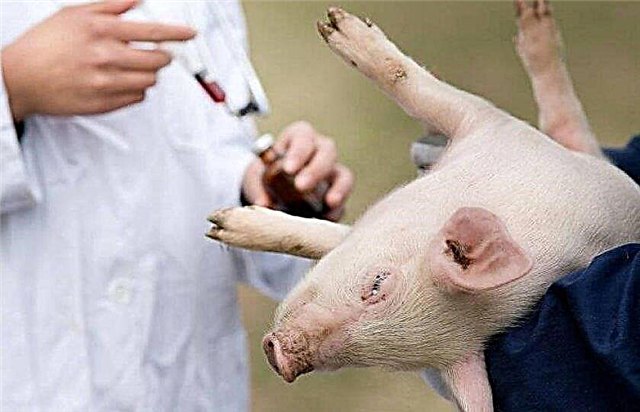
Phased operation
Before carrying out the process of freezing on their own, it is advisable to observe how a specialist does it. A small trick is applied to a restless or aggressive individual to immobilize and euthanize. The animal is driven into the usual barrel with its face, turned upside down with its hind limbs and put to sleep. Then carry out the manipulation of idling.
Closed way
The method is suitable for large and adult individuals, as well as in the presence of a groin hernia. Instructions for:
- An immobilized boar is washed and disinfected with an antiseptic, the scrotum area.
- Local anesthesia is injected.
- The skin collected on the scrotum is dissected, trying not to touch the vaginal membrane (it is a bluish tint).
- The testis captured with the membrane is diverted away from the scrotum. Then it is rotated 360 ° in a circle and tied up with a thread. The distance from the groin is minimal.
- The ligated spermatic cord is cut at a distance of 1 cm from the ligation site.
- The wound is treated with antiseptic healing agents.

Open way
This method is relevant for small piglets. If there is a machine, the animal is immobilized with it, in another case, someone holding the animal is needed. Further, the sequence of actions is as follows:

- The scrotum is cleaned of hair and treated with an antiseptic.
- On the testis, the skin is pulled and two identical double-sided incisions are made.
- Through the incision, the testis is squeezed out, the cord is tied with a thread.
- Slightly below the ligation site it is cut off.
- Powder is poured into the wound, tricillin is usually used.
Another method for babies is “take off”. It is identical to the above, the only difference is that the cord is not cut. It is twisted until it falls off itself or is abruptly torn off, previously fixed with a clamp. The wound is treated in the same way as in the first case.
How to care for piglets after castration?
In the corral where the emasculated individual will be placed, it is necessary to lay a fresh coating. You need to use hay or straw, sawdust can get into the wound and cause infection. It is advisable to place it separately from other animals, if several of them are kept together.
Immediately after manipulation, neither watering nor feeding the piglets is allowed. The first meal should be 3-4 hours after the procedure, the same applies to drinking. Individuals are fed root crops, vegetables and high-quality grain. Walking is allowed on the 6th day, subject to the absence of complications and wound healing.
Monitoring the state of the piglet lasts about 5 days, during which time possible complications will appear. If this happens, you need to contact the veterinarian to clarify the diagnosis and method of eliminating the problem.
Did you know? Thanks to the sharp scent, pigs can help not only in search of delicious truffles, but also in the search for drugs to the customs or police.
Possible complications
Possible postoperative effects include:
- bleeding - depending on the abundance of excretion, tamponing or dressing (spermatic cord) is carried out using a medical thread;
- bowel prolapse - The veterinarian sets the organs in place, having previously treated them with antiseptic solutions. Then antibiotics and novocaine blockade are prescribed. A similar complication more often occurs in animals at an advanced age;
- vaginal inflammation - spend processing 3% solution of hydrogen peroxide, dead tissue and pus are removed;
- spermatic stump inflammation - the festering part of the organ is cut off, the wound is treated with hydrogen peroxide, antiseptic and bactericidal ointments (Vishnevsky).

When can a boar be cut after castration?
It all depends on the age of the individual who was operated on. In the event of a quenching over the age of 3 years, no matter how much time has passed after the operation, the meat may remain with an unpleasant odor. Other options:
- the procedure is carried out on time - can be cut with a set of appropriate mass;
- the manipulation was carried out by a large individual older than six months - it is advisable to withstand 6 months after it.
Pig production for the purpose of selling meat will force the owner of the animals to familiarize themselves with such a procedure as castration. The operation is not complicated, but it will bring a lot of advantages to the farmer. Especially it will affect the commercial quality of products.



